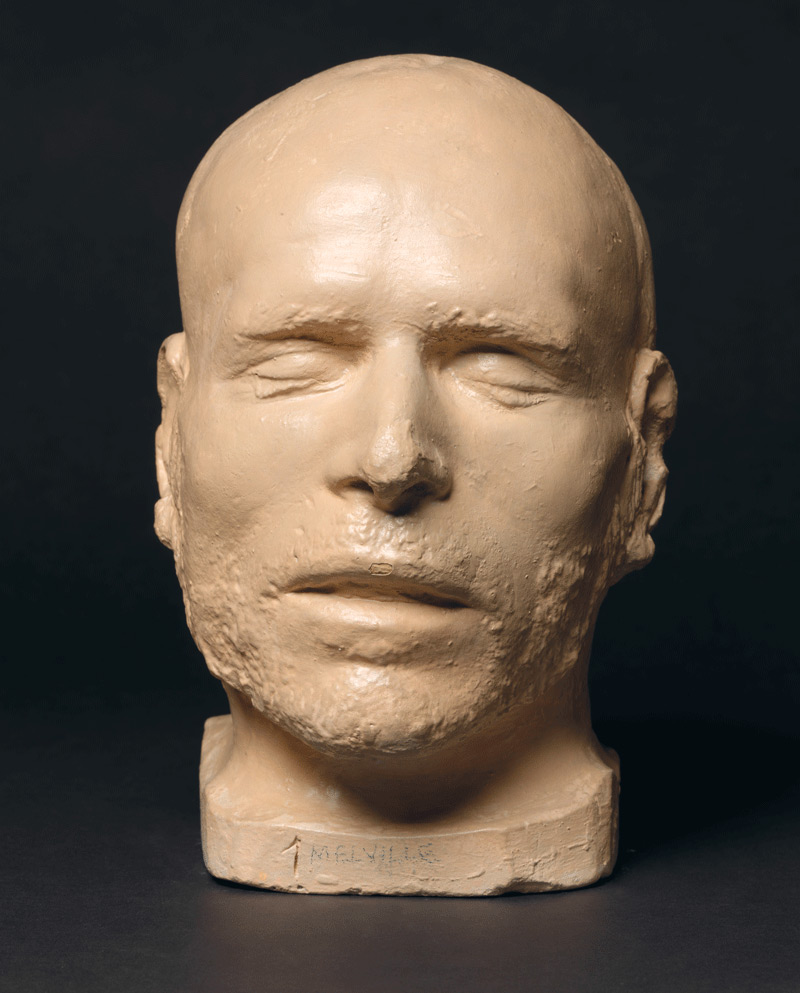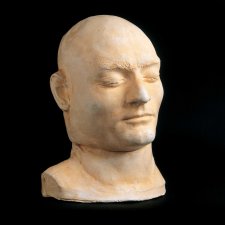George Melville (c. 1822-53), convict and bushranger, was transported to New South Wales in 1836 but later sent to Van Diemen’s Land where he met brothers John and George Francis, both also convicts. The trio all later made their various ways to Victoria and by 1853 were on the McIvor (Heathcote) goldfields.
In late July the Melvilles teamed up with three other men, William Atkins, George Wilson, and Joseph Grey, with a plan to intercept the Melbourne Gold Escort Company’s vehicle on the road between Heathcote and Kyneton. The bandits obstructed the road with tree branches, forcing the coach to a stop. In the exchange of gunfire that followed the driver was wounded, but the bushrangers managed to get away with a goodly amount of loot. Having divided the spoils, Melville, Wilson, Atkins and John Francis made plans to bolt, but were all soon apprehended. John Francis testified against his three comrades who were found guilty on capital charges and sentenced to hang.
Following his execution on 7 October, Melville's wife was successful in her application to have his body released to her for burial. Instead, she decorated him with flowers and put him on display in her oyster shop in the city, causing the authorities to revoke their agreement with her and order that all executed prisoners must henceforth be buried within the grounds of the gaol.















